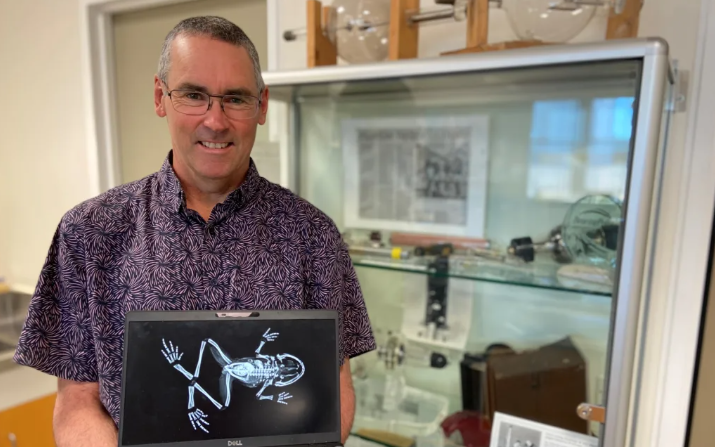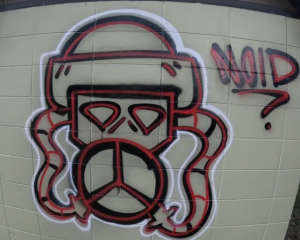
Health New Zealand medical physicist Steven Muir has carried out months of research into previous claims the first x-ray was taken by Dr William Hosking.
"Until now, Dr William Hosking has been credited with taking the first x-ray in New Zealand in 1896, using what was then known as Röntgen rays," he said.
"This device was named after Wilhelm Röntgen, a German physicist credited with the discovery of the x-ray in 1895."
During his investigation, Muir found Hosking's ray machine did not arrive in New Zealand until early 1897.
He said the findings meant former Otago University registrar Augustus Hamilton was responsible for taking the country's first x-ray.
Hamilton had photographed a frog for a lecture on Röntgen rays held at the university in May 1896, Muir said.
"That was only six months after the initial discovery of x-rays, which is remarkably soon when you consider shipping and communications took more time to reach New Zealand in those days. Sadly, Hamilton's x-ray isn't thought to have survived," he said.
Further research later unearthed New Zealand's oldest known surviving x-ray, also of a frog, at Canterbury Museum.

"Frogs were considered common subjects during this period. Evans sourced the specimen from museum curator Frederick Hutton," he said.
Muir worked alongside Canterbury Museum associate curator for human history Frances Husband to find the image in the museum's collection.
The pair's research led to the discovery of the frog depicted in the x-ray, which had been preserved for 142 years.
The frog, identified as Leiopelma hochstetteri, came into the museum's collection in 1883.
Husband said Canterbury Museum's long-term project to inventory the entire collection of 2.3 million objects, including an inventory of 200,000 photographic negatives, were key to the discoveries.
"We wanted to make sure that the specimen we found in the collection was the same frog, so another x-ray was taken on the latest 2D and 3D high-resolution machines at Christchurch Hospital after hours," she said.
"It was very exciting to find that the old and new x-rays were a perfect match."
Muir worked with staff at Christ's College to locate the original x-ray tube used to take the 1896 image, which was found in a box in the back of the school's physics laboratory.
He presented the findings at the Grand Rounds health research lecture series on Wednesday.
Saturday marks the 130th anniversary of Röntgen's x-ray breakthrough.














